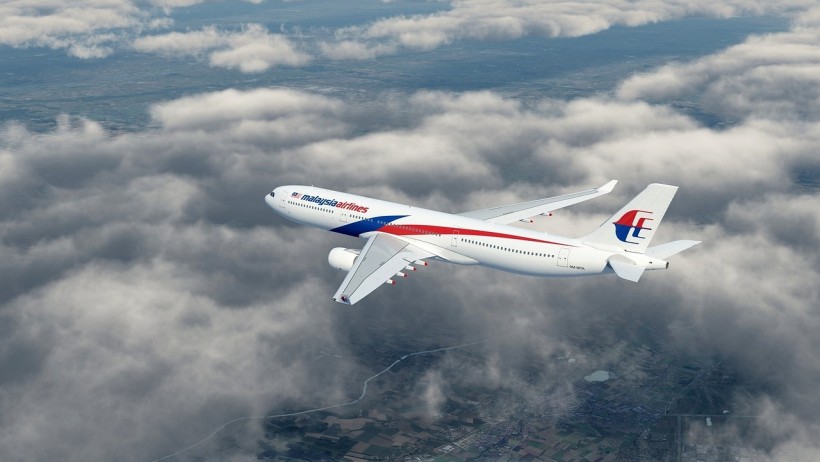A recent analysis conducted by scientists from the University of Reading suggests that the atmospheric conditions experienced by aircraft have become more turbulent compared to four decades ago.
The study, titled "Evidence for Large Increases in Clear‐Air Turbulence Over the Past Four Decades" published in Geophysical Research Letters, reveals that clear-air turbulence has witnessed an increase in multiple regions across the globe.

Rise in Severe Airplane Turbulence Linked to the Worsening Impact of Climate Change, Study Suggests
What Causes Turbulence on Airplanes?
The new study suggests that flight turbulence, an unpleasant experience on airplanes, may become more common due to climate change. But causes this distressing phenomenon while traveling through the skies?
As per the Federal Aviation Administration, airplane turbulence that causes sudden jolts during flights is a normal occurrence caused by factors such as atmospheric pressure, jet streams, and weather conditions like thunderstorms.
The Association of Flight Attendants spokesperson, Taylor Garland, explained to CBS News that the likelihood of turbulence increases during severe weather events, and climate change is expected to exacerbate these incidents.
Garland suggested that weather-related turbulence incidents leading to injuries this summer could be attributed to the natural propensity for thunderstorms during the season. Aviation, like other outdoor activities, is influenced by weather conditions.
While turbulence is typically considered normal and not a cause for concern, Garland emphasized that most instances of turbulence are not alarming.
READ ALSO: Extreme Turbulence on Airplanes: How Dangerous Is It?
Global Warming Due to Carbon Dioxide Emissions Increases Chances of Turbulence
Researchers from the University of Reading reported in their study that clear-air turbulence, a hidden and perilous threat to aircraft, has intensified in various regions worldwide. The study indicates significant increases in turbulence over time, particularly traveling over the North Atlantic, Science Daily reported.
The team noted that the key flight route over the North Atlantic has risen by about 55% in its annual duration of severe turbulence from 17.7 hours in 1979 to 27.4 hours in 2020. Moreover, moderate turbulence increased by 37%, while light turbulence rose by 17%.
The research team attributes these findings to the impact of climate change. The rising levels of carbon dioxide emissions contribute to warmer air, resulting in amplified wind shear within the jet streams. This, in turn, strengthens clear-air turbulence both globally and specifically in the North Atlantic region.
Mark Prosser, a Ph.D. researcher involved in the study, emphasizes the implications of increased turbulence for the aviation industry. It not only incurs costs of $150-500 million annually in the United States but also heightens aircraft wear and tear, along with the risk of injuries to passengers and crew members.
Although the United States and the North Atlantic region have witnessed the most substantial turbulence increases, the study highlights significant rises in other heavily traveled flight paths across Europe, the Middle East, and the South Atlantic.
Professor Paul Williams, an atmospheric scientist and co-author of the study, suggests that investments should be made in advanced turbulence forecasting and detection systems to anticipate and mitigate the effects of rougher air during flights in the coming decades. These measures aim to address the escalating challenge posed by turbulence caused by climate change.
RELATED ARTICLE: Bad News For Airline Passengers: Climate Change Could Make Travel Bumpier, Disturbing & Expensive
Check out more news and information on Climate Change in Science Times.



![Earth's Quasi-Moon Kamo‘oalewa Could Originate From Lunar Surface Not Asteroid Belt [Study]](https://1721181113.rsc.cdn77.org/data/thumbs/full/53275/89/56/50/40/earths-quasi-moon-kamo-oalewa-could-originate-from-lunar-surface-not-asteroid-belt-study.png)










